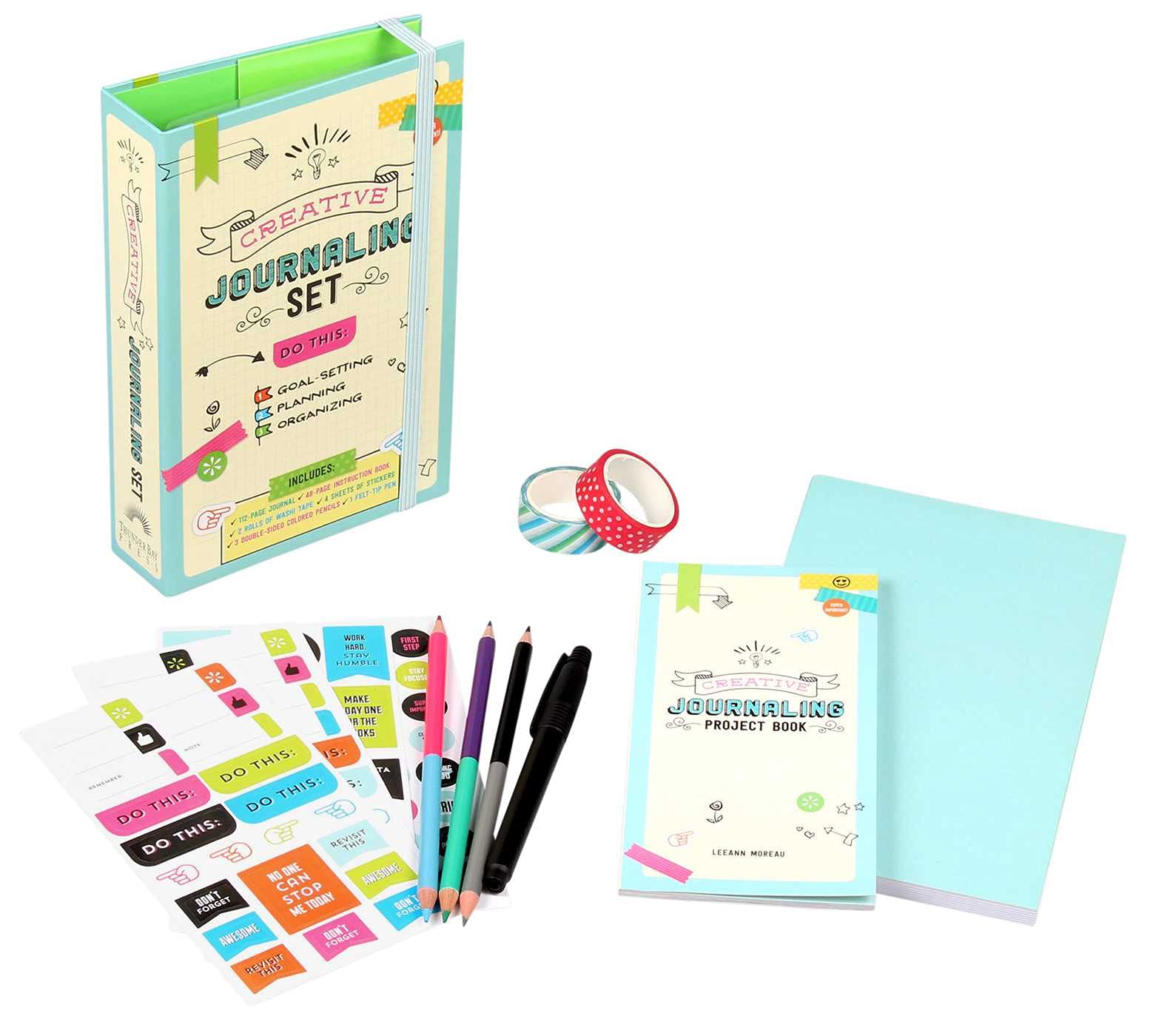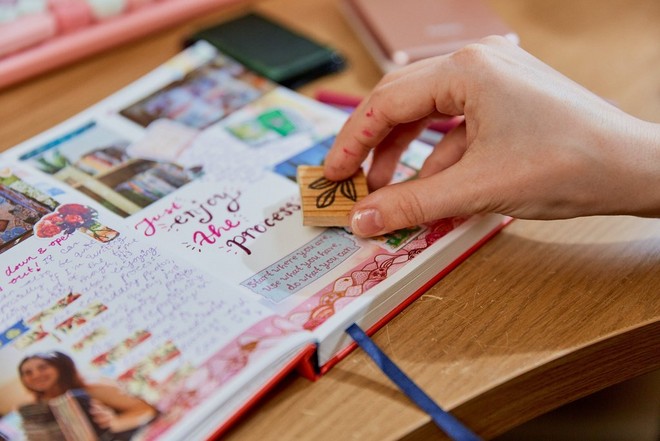The cold winter days are upon us. This means shorter days and longer nights. We can spend more time at home, think carefully, and get things in order. Writing is a great way to organize these thoughts. When one does this, one is journaling. But what exactly is journaling? It is not the same as keeping a journal as in the past. Journaling helps us better understand our own thinking and daily patterns. It helps you maintain balance and develop yourself in a positive way. Journaling allows you to process past events, gain greater awareness, and grow in your life. A journal is not something to keep busy every day, but a journal will always be there for you when you need it.
How Do I Write In My Journal?
Did you know that just 15 minutes a day of writing can already lower your stress level? Writing in a journal is relaxing and teaches you how to cope better with overwhelming emotions. To get your feelings down on paper, take an overview of what is important to you. Do you want to use a diary to get your thoughts down on paper in pictures? Do you want to write a lot of words in your diary? Or do you prefer to use your diary as an inspiration book? All of these can be done however you like.
1) Use Your Creativity & Imagination
Give your journal a personal touch by choosing a unique theme for each day, week, month, year, or season. Which type of diary you choose to use is up to you. You can choose a simple notebook, a dotted system notebook (burette journal), or a notebook with blank pages. Use pens, markers, stickers, and paper to create a winter January with snowflakes and a summer June with sunshine and embossed dust.
2) Create a Brain Dump About Yourself
We see a brain dump as organizing a collection of thoughts you don’t have time to think about. Therefore, writing about yourself in a journal can be considered a brain dump. Add a title and complete the page.
Combine it with stickers and pictures and release your thoughts as you would in a diary. Creating a Brain Dump mind map will highlight topics and tasks that need attention and help you make connections between thoughts.
This will help you to eliminate distractions and feel satisfied. Try writing down any miscellaneous thoughts that come to mind on such a mind map with a five-minute timer each day. For example, remind yourself of a task that still needs to be done.
You cannot express yourself in words but moods and emotions? You can also create a mood tracker to help you clear your mind. Mood trackers are a great way to describe your feelings without words. For example, draw a cute animal face and write your feelings for each day of the week. Is it a smiley face or a sad face? You can also use colors to describe your mood, such as “happy,” “angry,” “sad,” or “very good,” “good,” “OK,” or “not good. Always think about why you feel the way you do. When you are ready, discuss or write them down.
3) Your Goal Is a Dream With a Deadline. Write Them Down
Set new goals and have fun achieving them. Wouldn’t it be great if you could spend all day doing what you love most? Without goals, your days would be filled with unconscious, automatic habits. Having goals helps you realize what you are living for and want. Make the most of them and look for resources to help you achieve your goals. For example, a journal can help you remember and record them. This way, you will know what you are capable of. It will be much more than you can imagine. Make a list of goals that will motivate you during the year and that you will be satisfied with at the end of the year.

Do you like journaling? Let us know in the comments below!

Leave a Reply